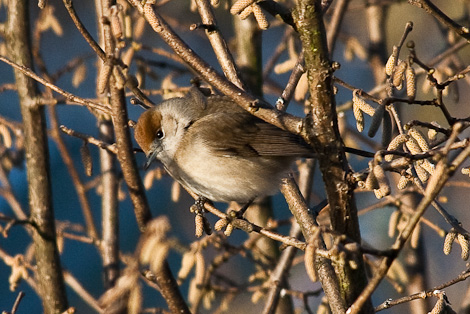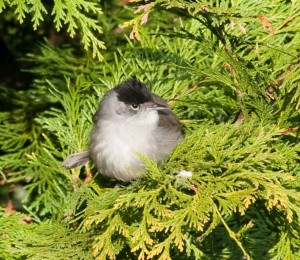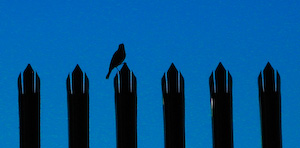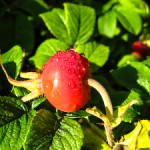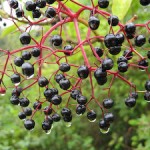At the end of April it was easy to be fooled into thinking that Summer was just around the corner. This week has reminded me just how variable the British weather can be. Whilst it has not been completely full of grey skies and gloom, I was a bit put out to see the hail come pouring down on several occasions – still ’twas a Bank Holiday Monday.
But, before I get too melancholic (also note, I will be complaining if it is too hot in the Summer, should we get one), I still found plenty of new things this week (new for the year, I am not claiming to have made any exciting discoveries).
On the insect front, the weather has made it pretty dismal, orange tip butterflies still taunt me when I have no camera handy, but otherwise I have not seen many insects about. There are still some bees foraging, workers as well as queens, and a few wasps to be seen.
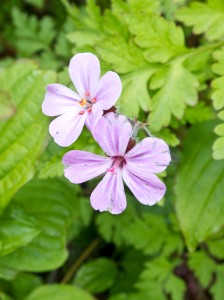 As far as flowers go, it appears everything is awash with dandelions and daisies, and, it seems the first dandelions have set seed already. One flower that is also adding some colour is Herb Robert (Geranium Robertianum), a cransebill that grows in hedgerows. This plant was used in medieval times for its medicinal properties, being used as a remedy for nosebleeds and toothache as well as dysentry. The leaves, if rubbed on the skin, apparently repel mosquitoes, which I am not surprised by. This plant often turns up in the garden, and, if you pull it up and are not wearing gloves, its not very pleasant smell stays with you for some time. Whilst it is supposed to attract many insects, I must confess that I do not like to leave it in my garden as it does self seed quite prolifically.
As far as flowers go, it appears everything is awash with dandelions and daisies, and, it seems the first dandelions have set seed already. One flower that is also adding some colour is Herb Robert (Geranium Robertianum), a cransebill that grows in hedgerows. This plant was used in medieval times for its medicinal properties, being used as a remedy for nosebleeds and toothache as well as dysentry. The leaves, if rubbed on the skin, apparently repel mosquitoes, which I am not surprised by. This plant often turns up in the garden, and, if you pull it up and are not wearing gloves, its not very pleasant smell stays with you for some time. Whilst it is supposed to attract many insects, I must confess that I do not like to leave it in my garden as it does self seed quite prolifically.
Speaking of gardens, my beans are growing quite well now after the threat of moving them indoors. The lemon balm is providing plenty of leaves for herbal teas and the bluebells are flowering well, showing up particularly in the less than ideal light we have had over the last week.
However, it is the bird news that I find most exciting this week. On Sunday, a visit to the Country Park showed that the terns were back. Although there were plenty of swifts, swallows and house martins there did not seem to be any sign of the hobbies that often hunt them at this time of year. However, a check of Northants Bird Sightings seemed to suggest that the hobbies were back and some of those terns may have been arctic terns, unless they were being frightened off by the peregrine! I sometimes think my timing may be a little off! In the garden we have had two young blackbirds around, and I can say with certainty that there are young in the starling’s nest in the gutter outside my window! I also heard and then saw my first blackcap of the year on the old railway track. I am trying to improve my recognition of birdsong, the blackcap sounds a little like a robin, but more ‘burbling’.
All in all, considering the weather, it does not appear to have been too bad a week.
